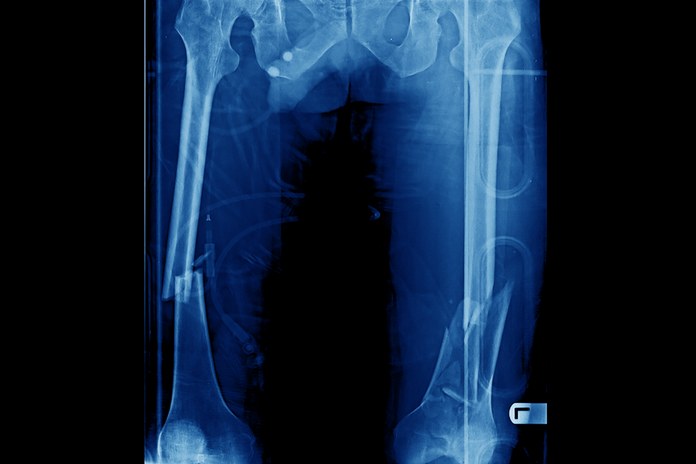Imaging Tests

Imaging studies can provide helpful information about your thigh pain but are sometimes difficult to interpret. Not all cases of thigh pain will be reflected in your anatomy. The most common imaging tests are X-rays, which help evaluate the integrity of bone tissue. This imaging test can also diagnose some soft tissue abnormalities. But if we want to take a closer look at the soft tissue such as muscle, ligaments, tendons, and nerves, we should go for more specialized imaging tests such as CT and MRI scans.
Another test that is commonly used to diagnose muscle-related problems such as hamstring injuries and tendon tears is ultrasound, which is sensitive to this type of injury and cheap. However, the downside of ultrasound scans is that it depends on the technician’s skill. Thus, if your doctor requests an ultrasound scan, look for a skilled technician in a reputed center.
The time of imaging can be fundamental sometimes if we want to catch the problem. In some cases, MRI scans to detect hamstring injuries are more sensitive when performed between 24 and 48 hours after trauma. That’s because edema is more evident during this period, and the diagnosis will be more accurate. Thus, it is important to come to your doctor as soon as possible if you start to experience thigh pain after receiving any type of traumatic injury.
